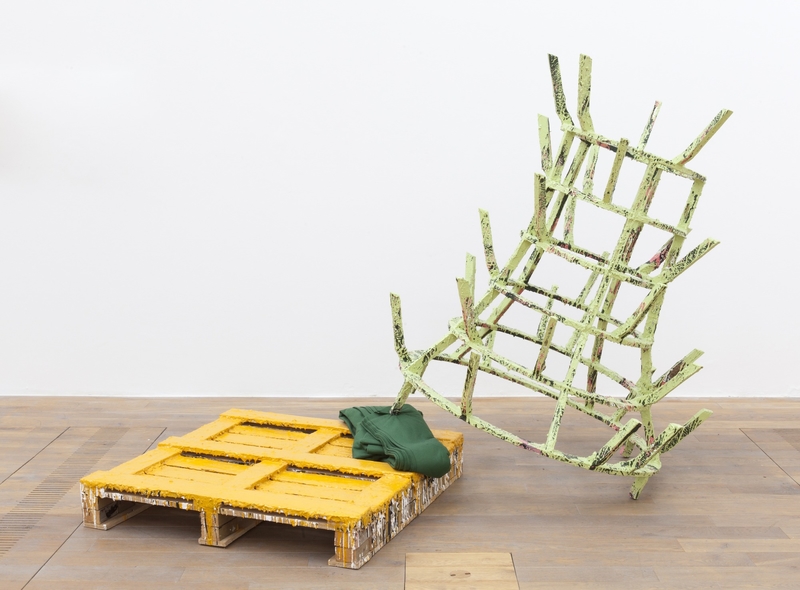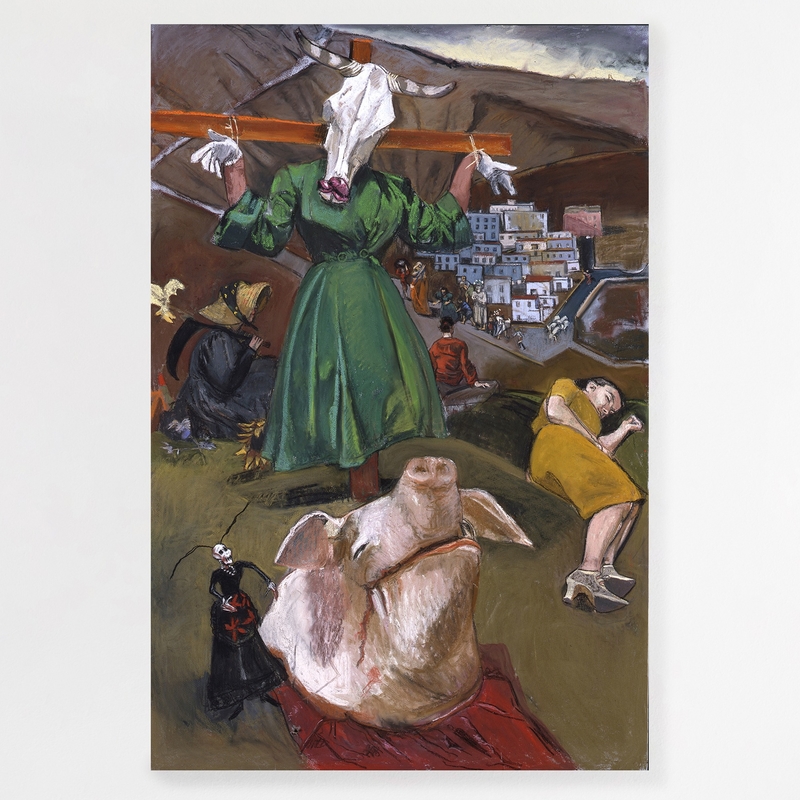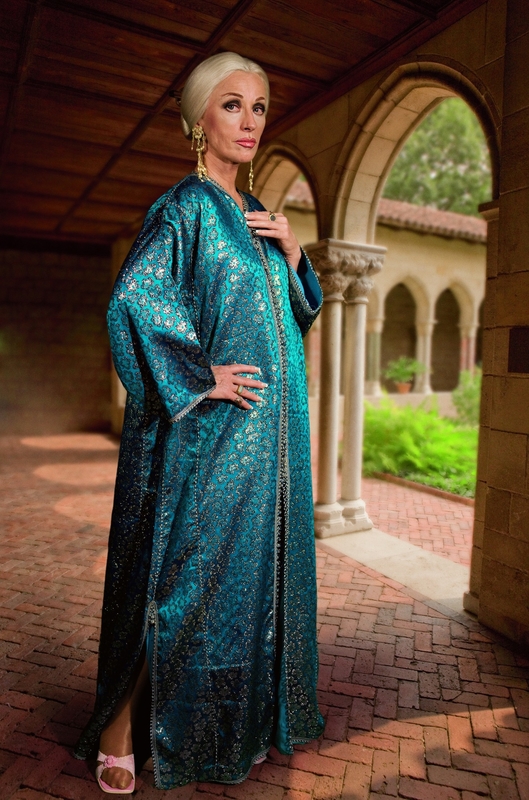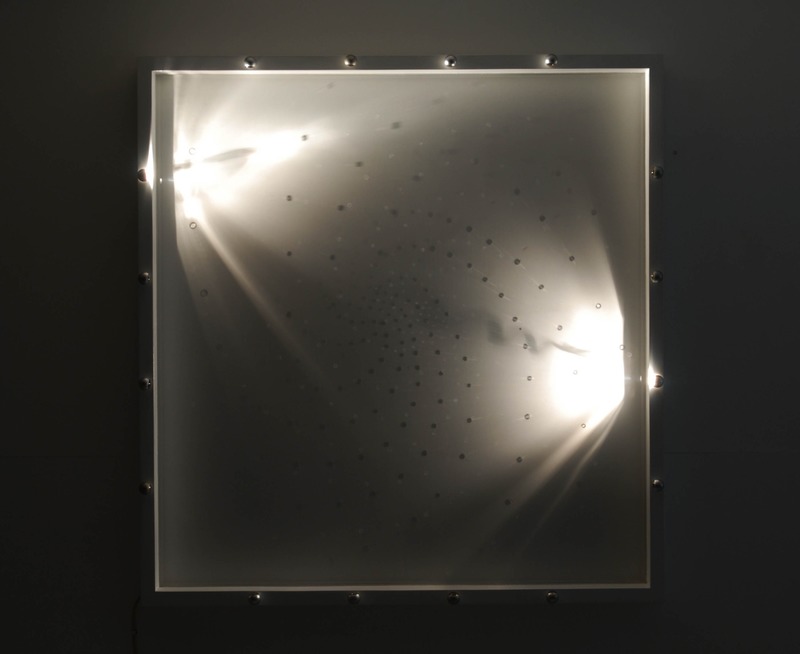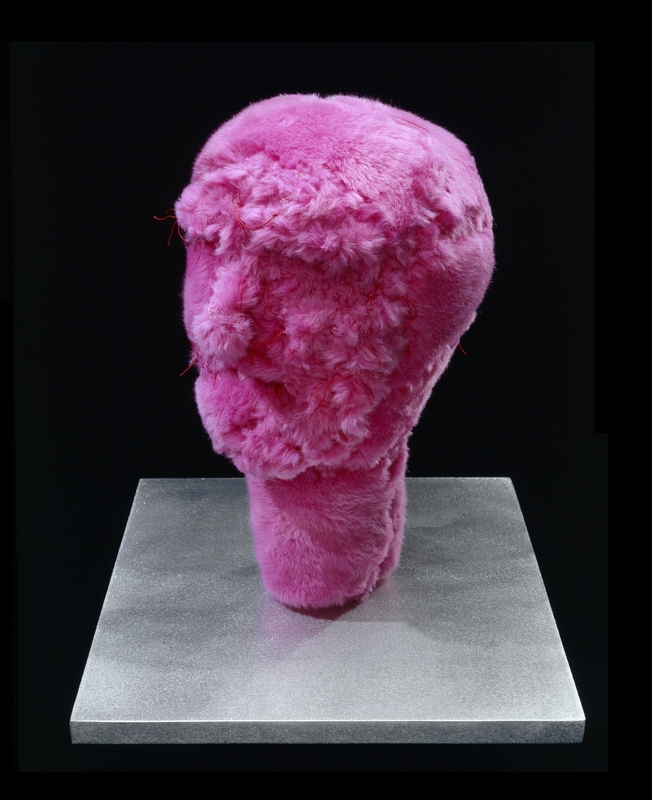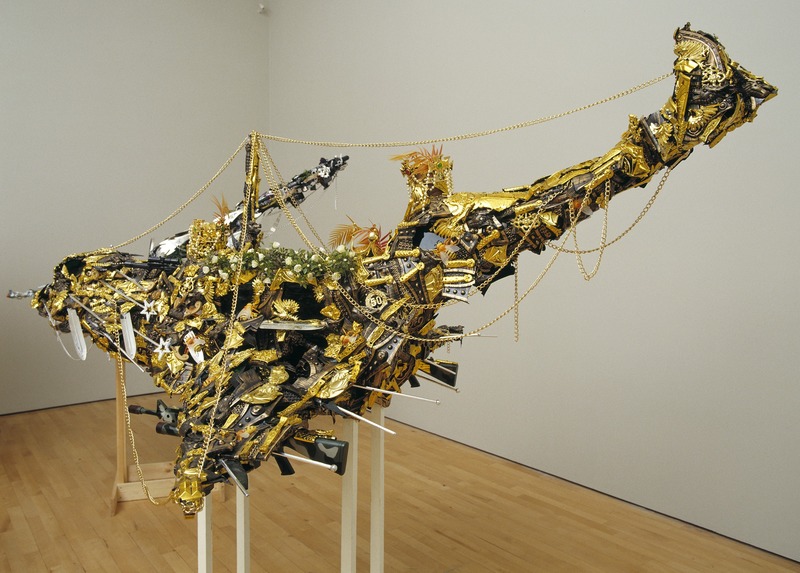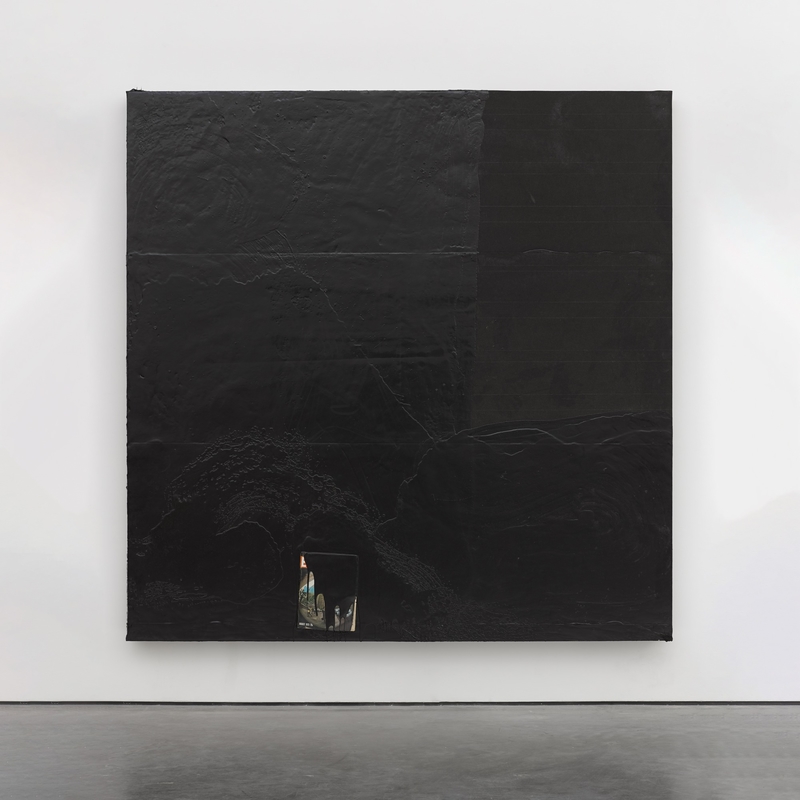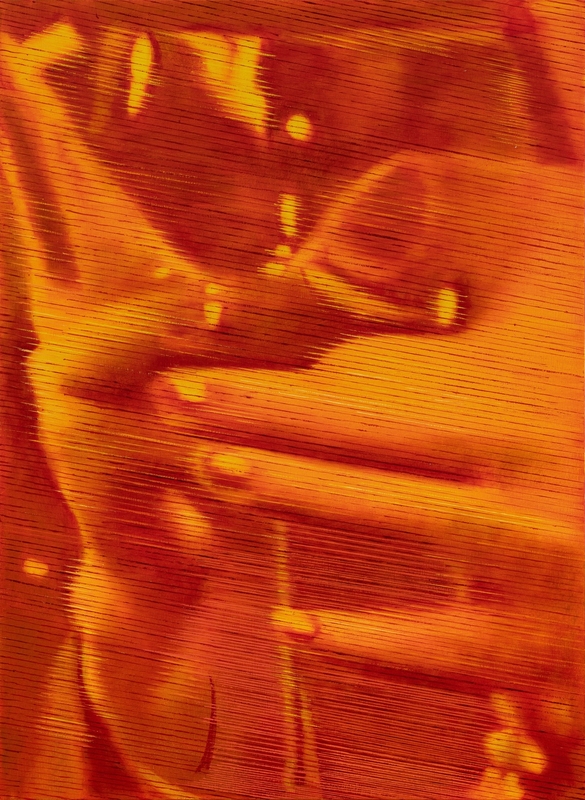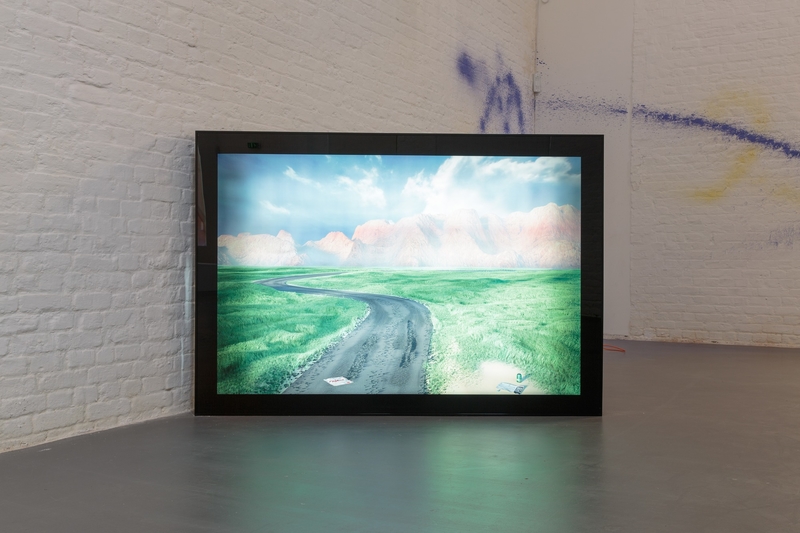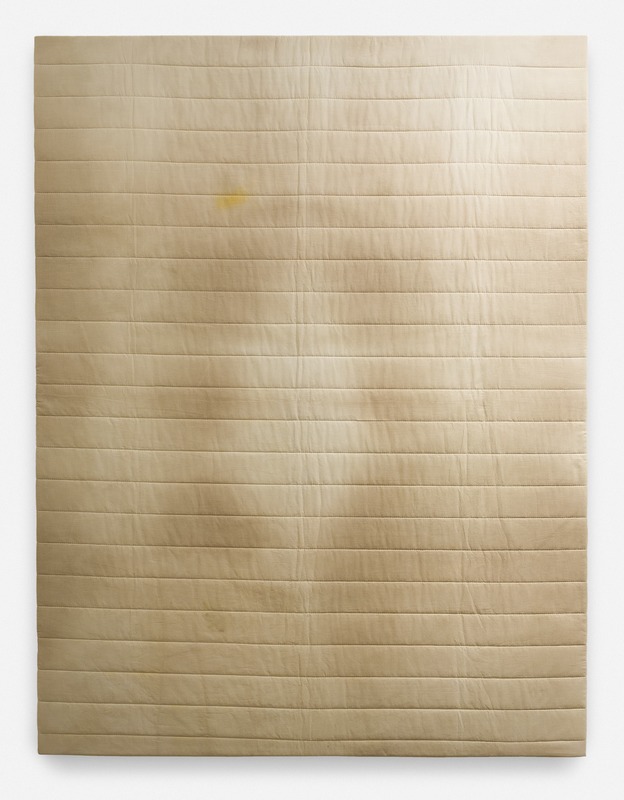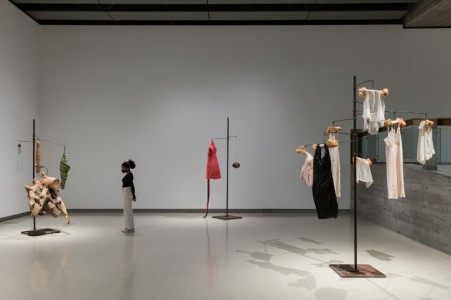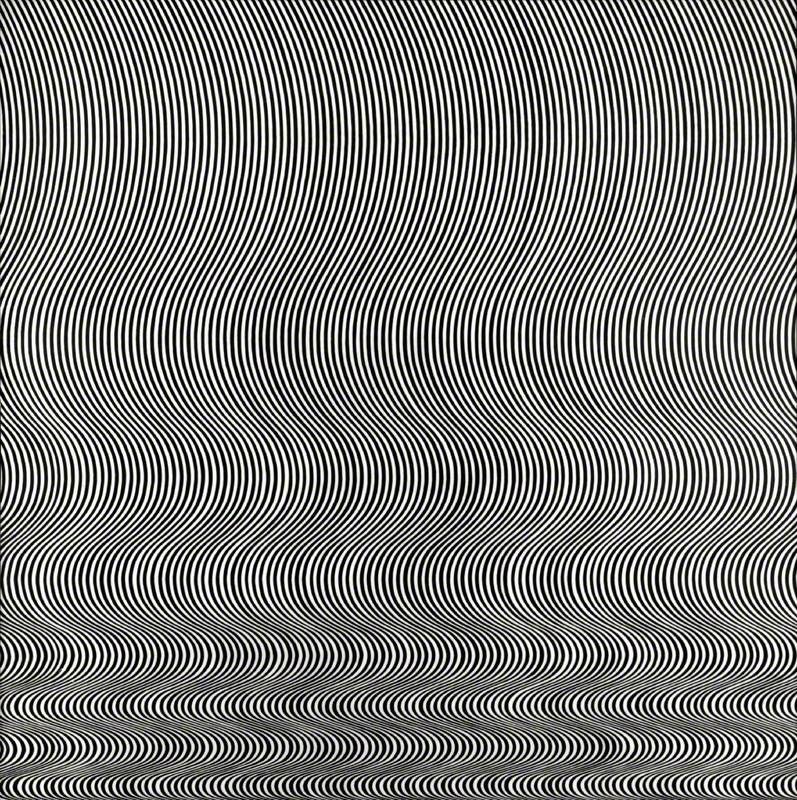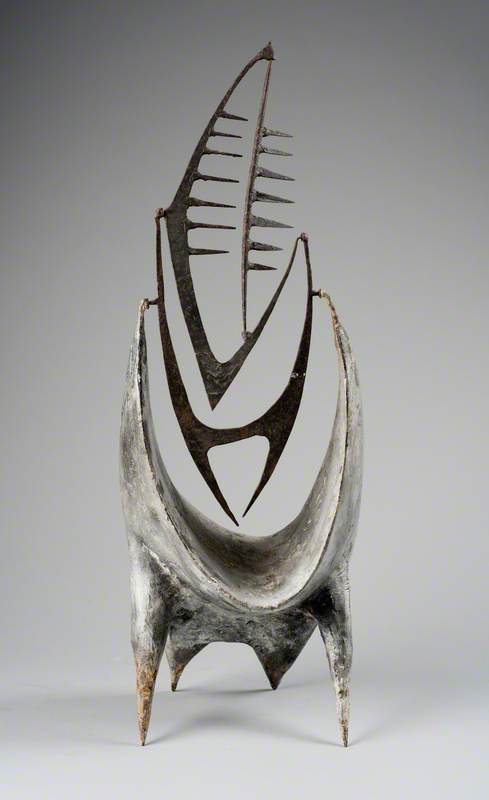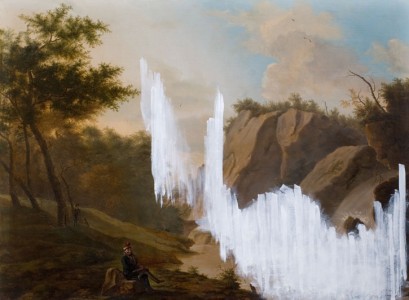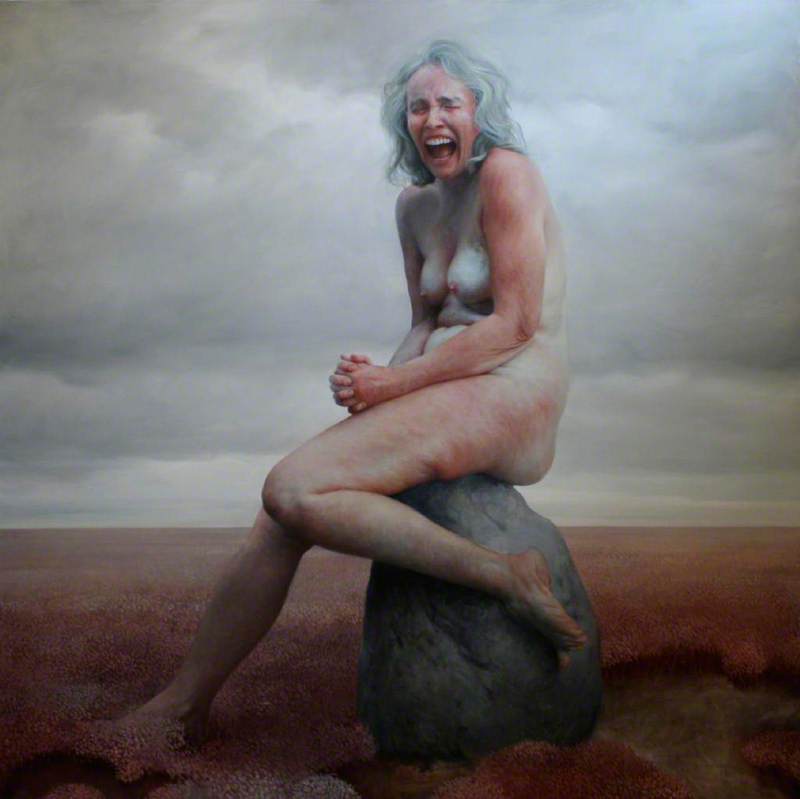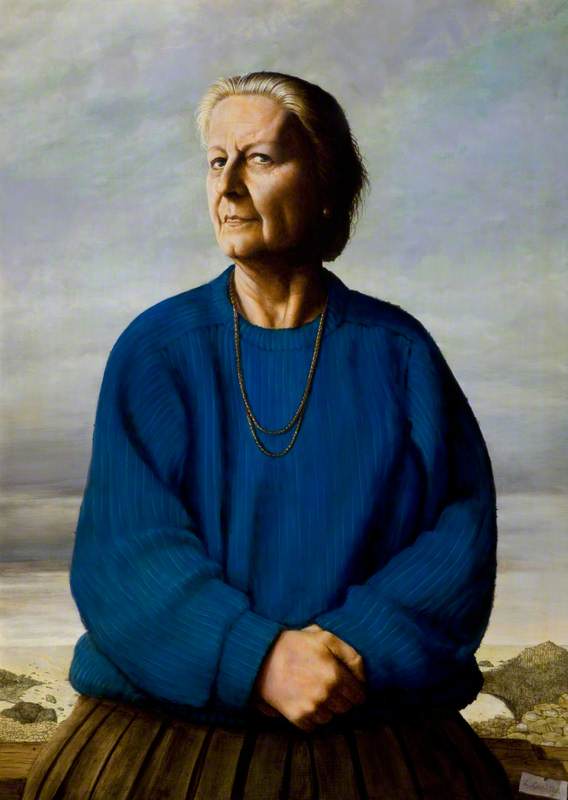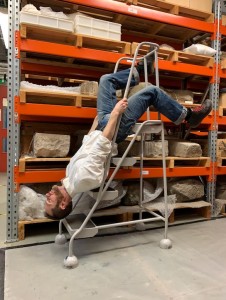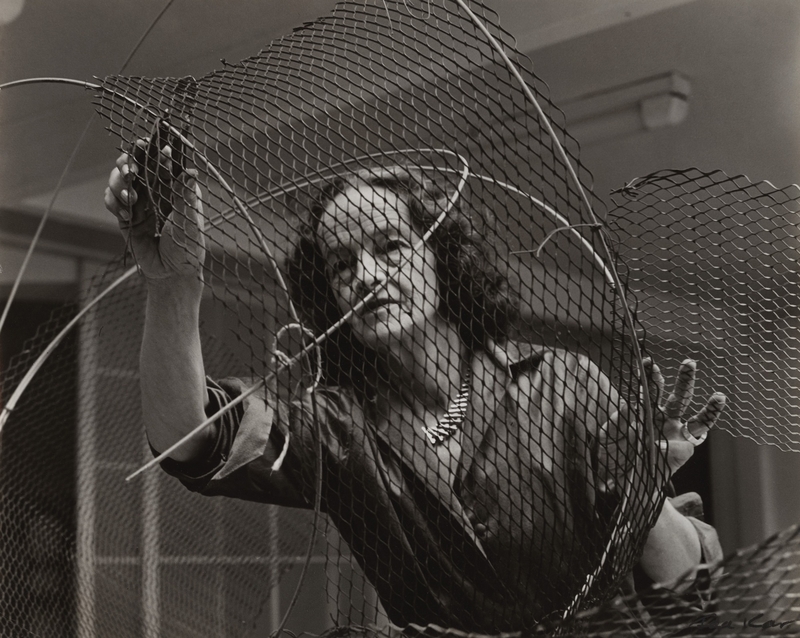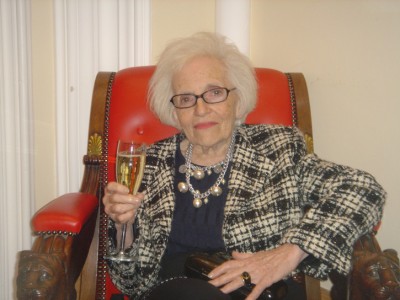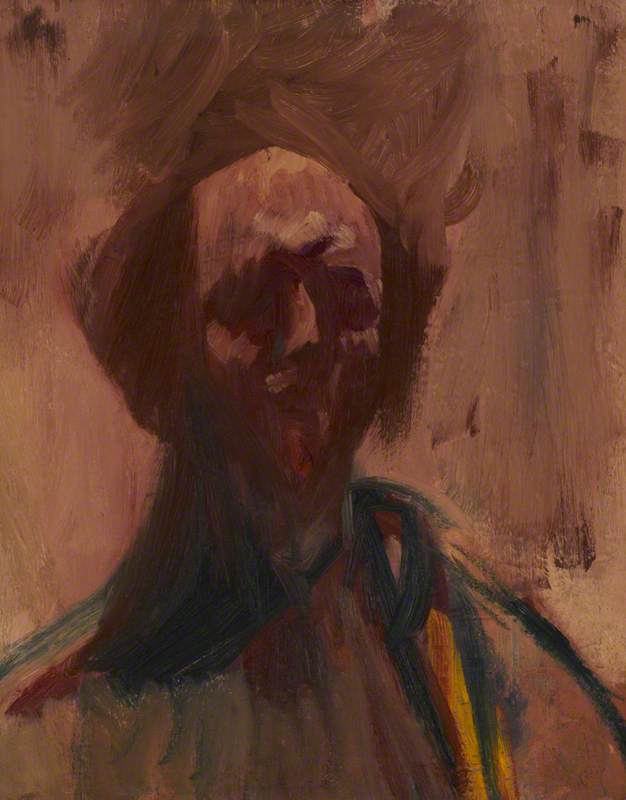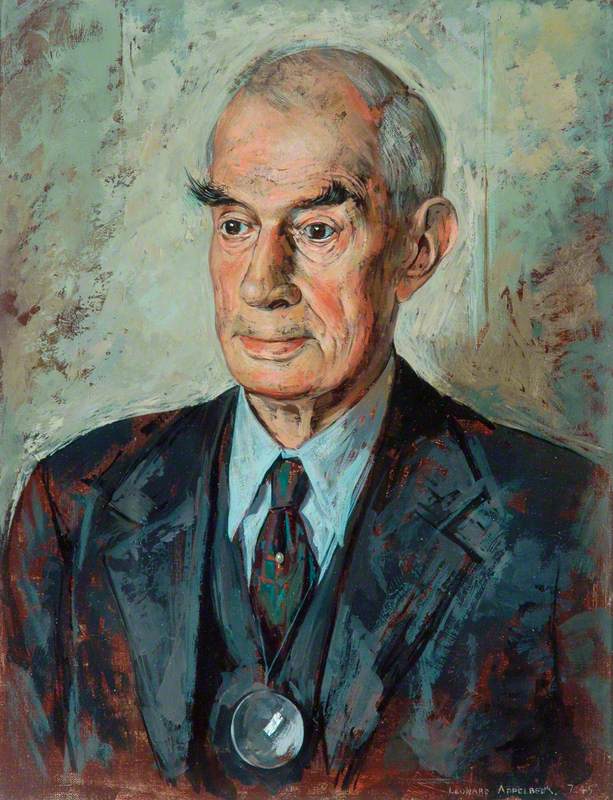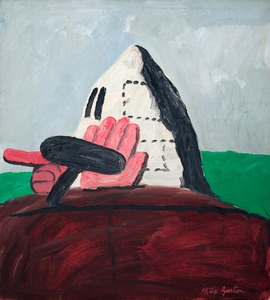The David and Indrė Roberts Collection is one of the UK's most significant private collections of contemporary art, featuring nearly 2,500 works by over 850 artists, dating from the mid-twentieth century to today. The collection is rooted in a passion for contemporary art, an ambition to share extraordinary work by some of the world's most influential artists, and to support artists at different stages of their careers. The Roberts Institute of Art manages the collection and is committed to making it publicly accessible to a wide range of audiences.
Born into a family who worked in the Scottish Clydeside shipyards, David Roberts began his art collection in the early 1990s having had little exposure to the art world. Being self-taught instilled in him a belief in the importance of making art accessible and free to all, irrespective of background. David started out collecting by navigating through student shows and small galleries outside London.
The collection's evolution since then is reflected in its current name – the David and Indrė Roberts Collection – acknowledging artist Indrė Šerpytytė-Roberts' equal involvement in its focus and development.
International in scope, the collection focuses on modern and contemporary works spanning a variety of disciplines and media, including sculpture, painting, photography, video and installation. Bringing together works by artists from a wide range of cultures and backgrounds, the collection offers nuanced reflections on current cultural concerns, often with a specific emphasis on topics related to political, social, racial and gender issues. Reflecting the art of David and Indrė Roberts' time, the collection is also rooted in establishing enduring and committed relationships with the artists it represents.
From the outset, there has been a strong representation of artists at all stages of their practice in the collection, including works by established artists like Cindy Sherman, Etel Adnan and Anselm Kiefer, and early career artists in the collection, as seen in recent acquisitions of works by Daisy Parris, Martyn Cross and Emmanuel Awuni. By representing several artists and artworks rather than focusing on a select few artists, the collection offers a broad picture of artistic currents through time.
Earlier pieces in the collection include works by some of the twentieth century's most important artists, such as Andy Warhol, Leon Kossoff and Anthony Caro. Other highlights include the following artworks.
Philip Guston's Drive (1969) stands out as one of the earliest figurative works in the distinctive cartoonish style that became synonymous with the American artist. It serves as an early introduction to Guston's recurring portrayal of the hooded figure, which he considered a symbol of malevolence and frequently depicted throughout his career.
Untitled [Fragment 1/7] (1965) by Bridget Riley exemplifies her pioneering exploration of optical illusions and perceptual effects through her meticulous compositions. It was these black-and-white works from the mid-1960s for which Riley first gained critical international acclaim.
Liliane Lijn's Cosmic Flares III (1966) is a kinetic sculpture where spotlights illuminate the surface at varying angles. For Lijn, who pioneered the use of technology to make moving art, this play of light is suggestive of elemental forces, performing a visual investigation into the laws of physics.
It was only in the last 20 years of her life that Louise Bourgeois worked with fabrics. Untitled (2001) is one of a series of seven unique heads, made from a pink material which was originally one of Bourgeois' jackets. The use of fabric references the tapestry workshops her parents owned in her childhood, which she used as a tool to explore her own childhood traumas.
Hew Locke's deeply layered artworks explore the languages of colonial and post-colonial power. Golden Horde 1 (2006) is titled after one of the Mongol armies descended from Genghis Khan, embodied by the assortment of children's toy weapons and plastic armour covering the work, creating a troop ready for battle but armed with harmless weapons.
A Roof for the Middle Class (2012) forms part of Theaster Gates' ongoing series of tar paintings, where personal and political themes are explored through a collage of roofing paper, tar and an issue of Ebony magazine from 1973. Titled 'The Black Middle Class', the series explores the aspirations of social mobility for Black communities in America.
The collection also emphasises early-career artists, with David and Indrė actively committed to nurturing and supporting young talent, often acquiring pieces from newly graduated artists.
Through ions and stratus ii
2022
Rebecca Halliwell-Sutton (b.1991) 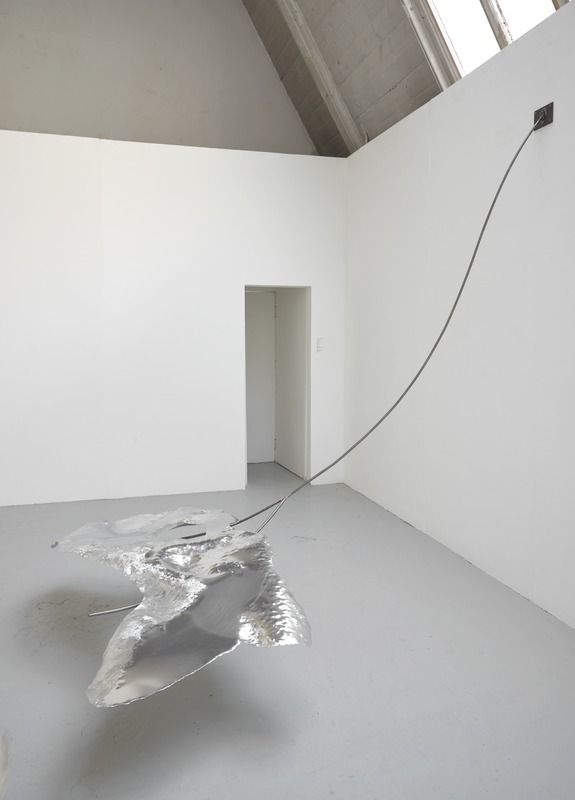
A recent acquisition is Through ions and stratus ii (2022) by Rebecca Halliwell Sutton, which was first shown at the Royal Academy Schools Degree Show in 2022. Sutton's work spans sculpture, photography, writing and curation. Rooted in a feminist critique of land ownership, bodies and desires, her work explores intergenerational connections through time, bodies and place.
Louise Giovanelli is another artist who has recently joined the collection. Her subjects range from classical sculpture to film stills of which she enlarges select details, as seen in Offer (2022). Removing these blown-up details from their context, the paintings invite contemplation by slowing down the viewer's eyes to focus on the tactile texture and patterns found on her canvases. Graduating with an MA in 2020, Giovanelli was already included in the Hayward Gallery's 2021 survey on contemporary painting, 'Mixing It Up', as well as solo exhibitions at Manchester Art Gallery and Grundy Art Gallery, Blackpool.
In their work, Hannah Quinlan and Rosie Hastings explore the politics, histories and aesthetics of queer space. Tifkas (2015) is named after Leslie Feinberg's autobiographical novel about life as a butch lesbian living in early 1970s America during the American civil rights movement and the Stonewall riots. In the book, the character visits their first local gay bar at 16, finding solace in a community and starting their queer education. In 2022, Hannah and Rosie were selected for Tate Britain's 'Art Now' series, and in 2023 they presented a solo exhibition at Kunsthall Stavanger, Norway.
At the heart of this extraordinarily diverse collection is David and Indrė Roberts' belief in encouraging the development of artistic practice through commissions, supporting the production of new works, actively lending the collection and collaborating with partner organisations on exhibitions.
The Roberts Institute of Art (RIA), which manages the collection, is committed to sharing it with a wide range of audiences. Works from the David and Indrė Roberts Collection have been shown publicly in numerous shows nationally and internationally, including the Centre Pompidou (Paris), the Guggenheim Museum Bilbao, the National Portrait Gallery (London), the Scottish National Gallery of Modern Art (Edinburgh), the Solomon R. Guggenheim Museum (New York) and Tate Modern (London).
'Deep Horizons' at MIMA in partnership with the Roberts Institute of Art, 2023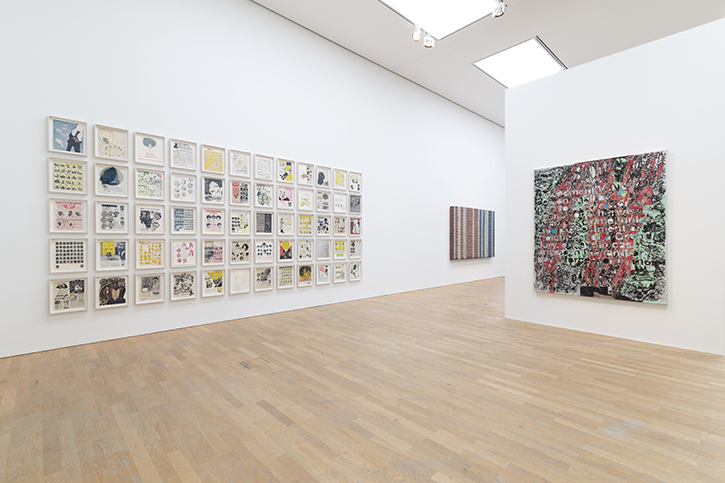
With London being aflush with great opportunities to experience art, RIA works to share the collection with towns and cities across the UK. Working closely with regional museums, RIA has staged collaborative collection exhibitions with the Middlesborough Institute of Modern Art, the Sheffield Museums and the Hunterian, which offers new perspectives on the collection. Larger selections of work have also been exhibited in institutions like the Sainsbury Centre and Hestercombe Gallery, where RIA's team of curators have offered support through curatorial advice and work selections.
The Roberts Institute of Art also run a residency in Scotland where we invite international artists and writers to support their practice, offering time and space without the pressures of production. Artist residents have included Ayan Farah, Monika Sosnowska and Jesse Wine, all of whom are represented in the collection.
Hey, Maudie
2023, a collaborative performance conceived by Rachel Jones, commissioned and presented by the Roberts Institute of Art 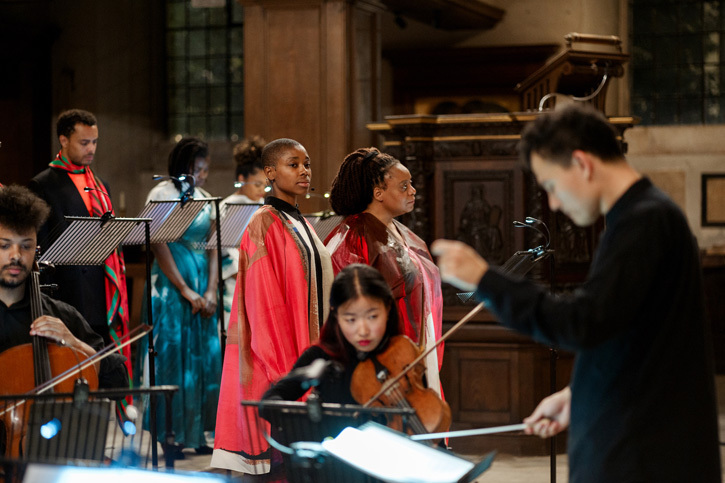
For over a decade, we have been championing the development of performance art through commissions and innovative programming. Over 190 artists, choreographers, musicians and dancers have worked with us to make and show new performances to live audiences in London and around the UK. Recent performance commissions have included work by Lina Lapelytė, Appau Jnr Boayke-Yiadom and Rachel Jones.
If you want to explore more of the David and Indrė Roberts Collection, browse through the highlights here on Art UK or on our website. You can also sign up for our newsletter and follow us on Instagram for the latest news on the Roberts Institute of Art's programme.
Sander Hansen, Digital and Production Coordinator, The Roberts Institute of Art
